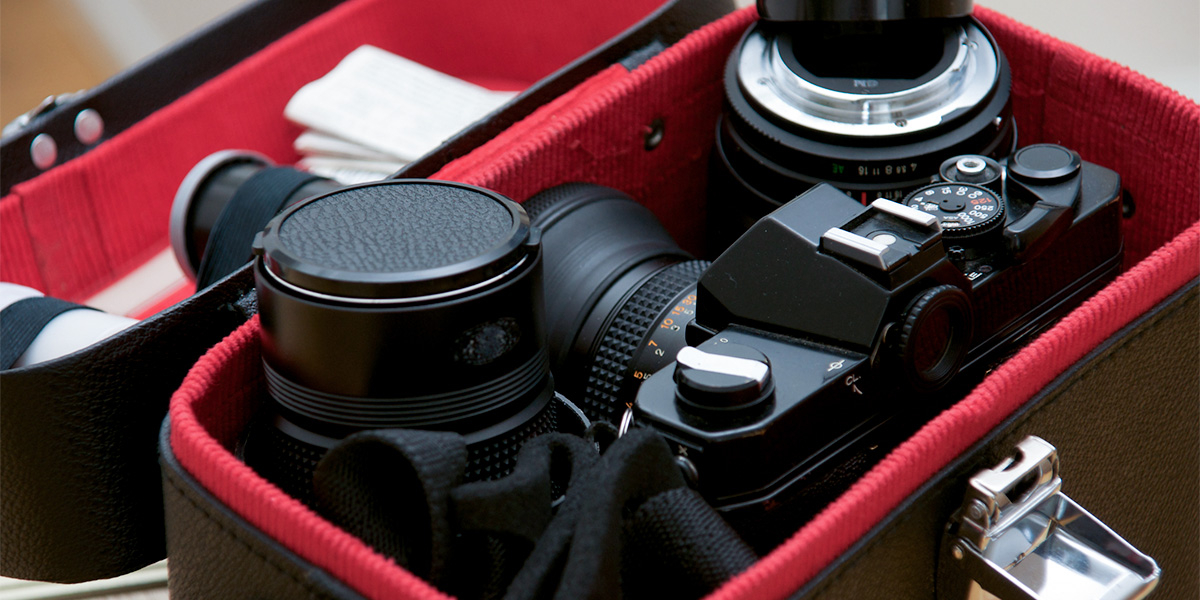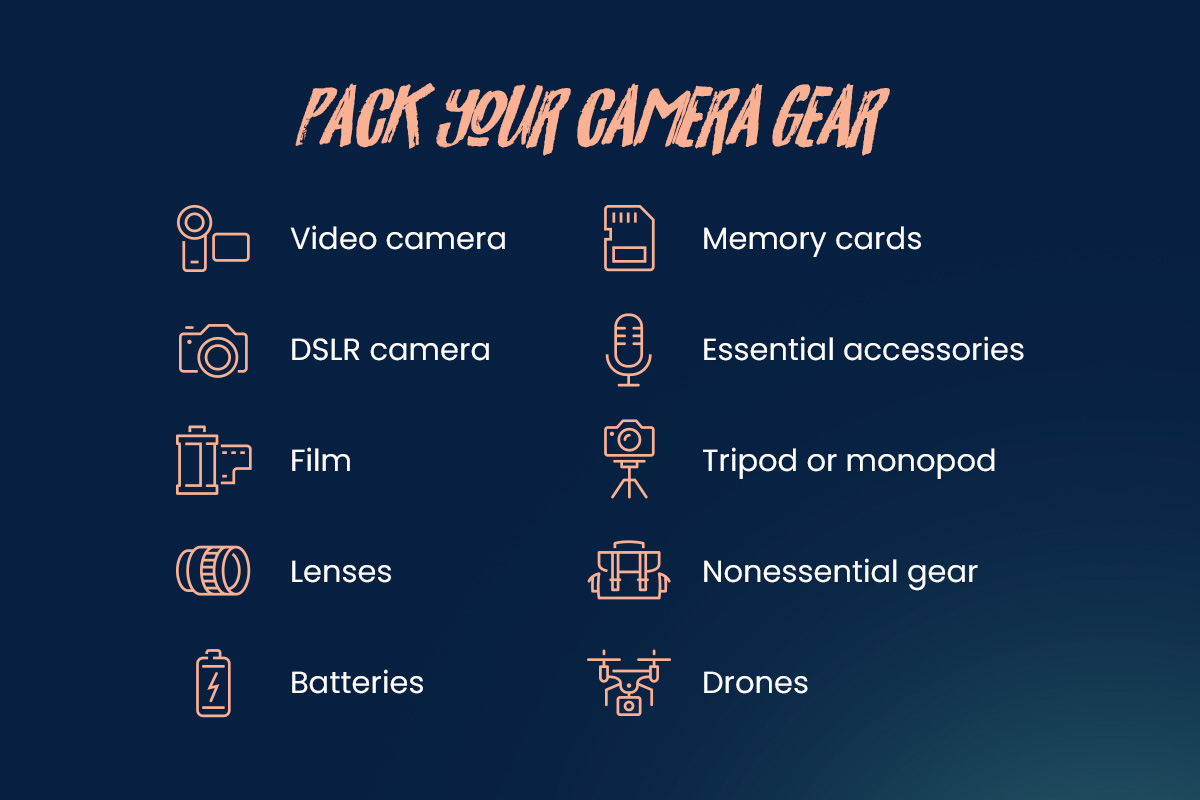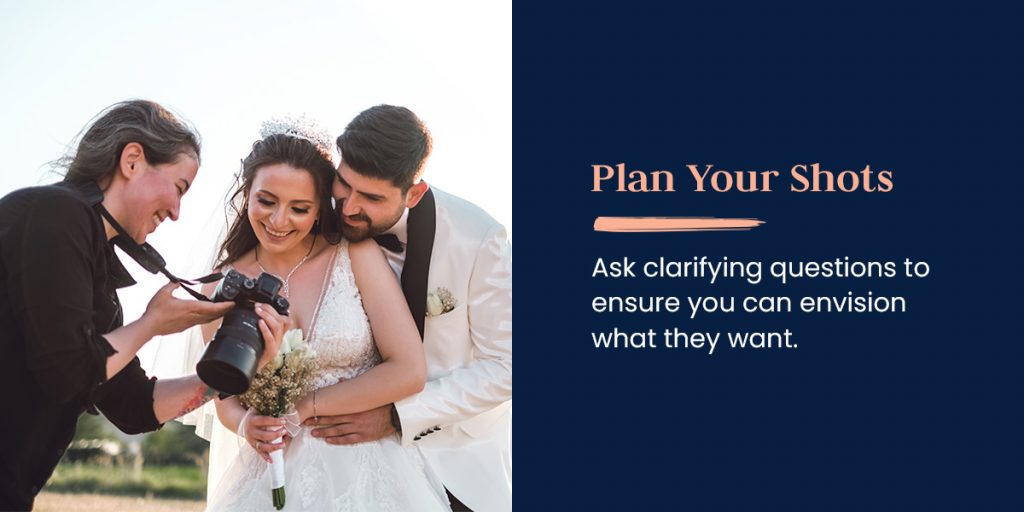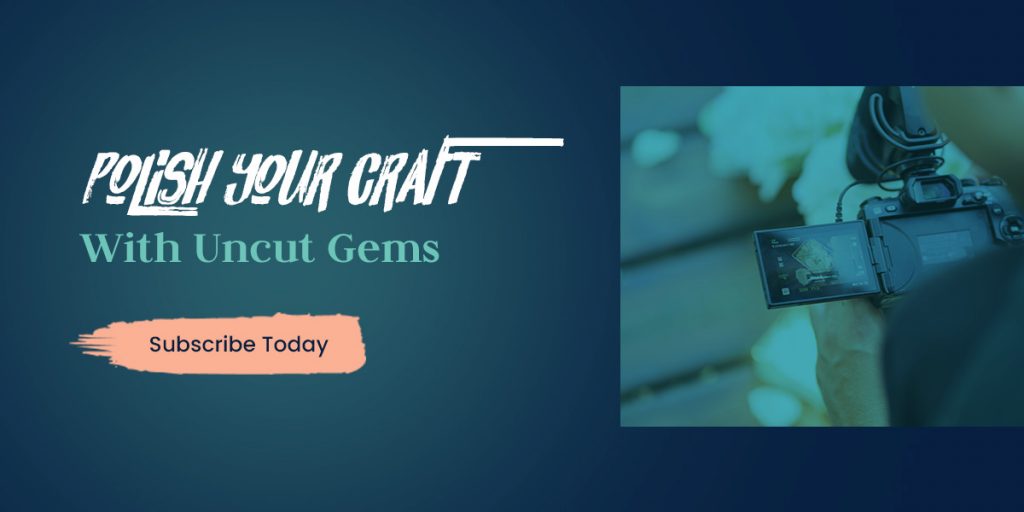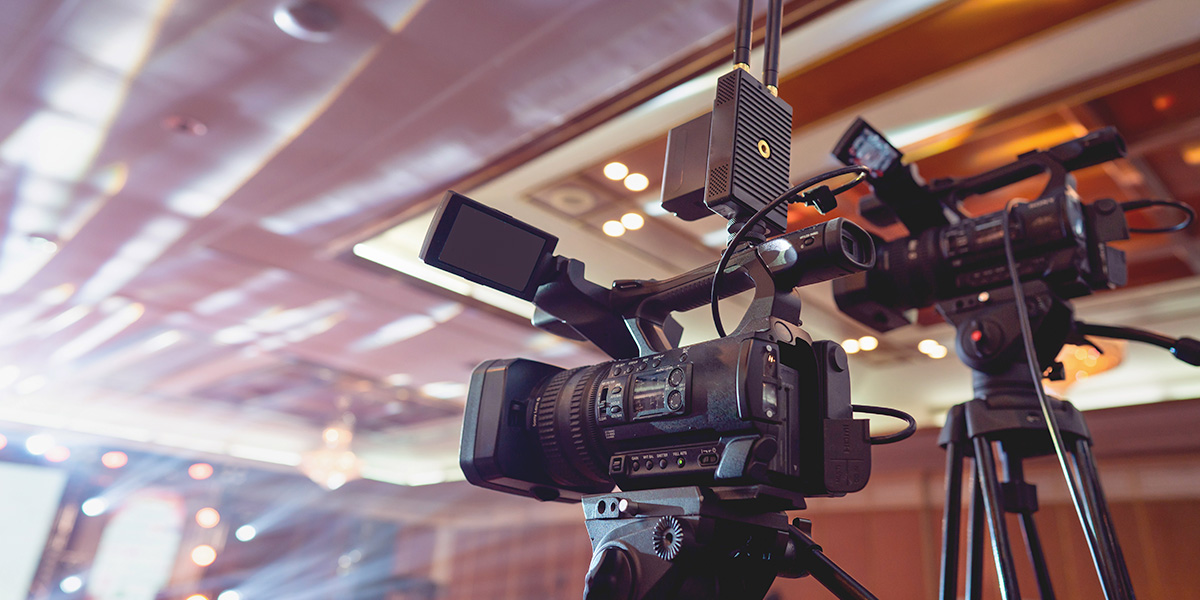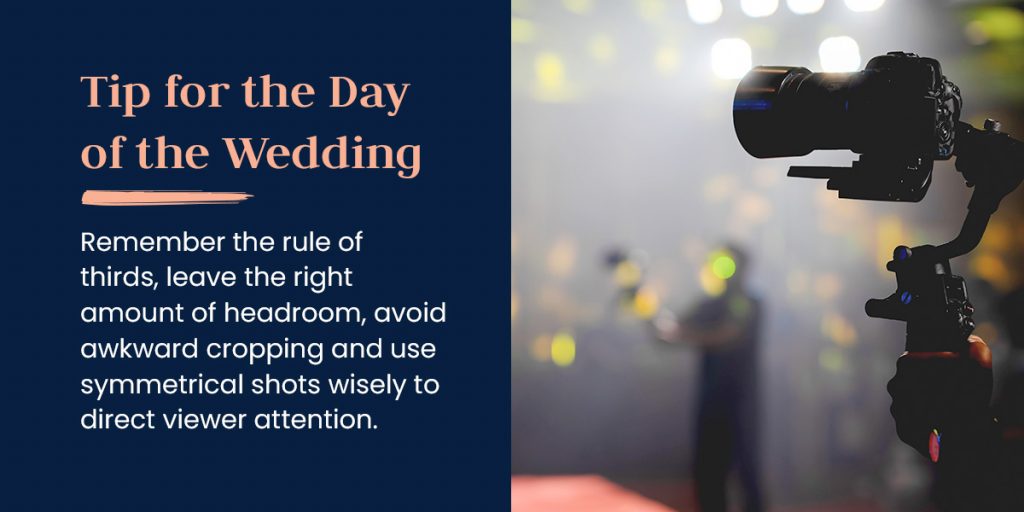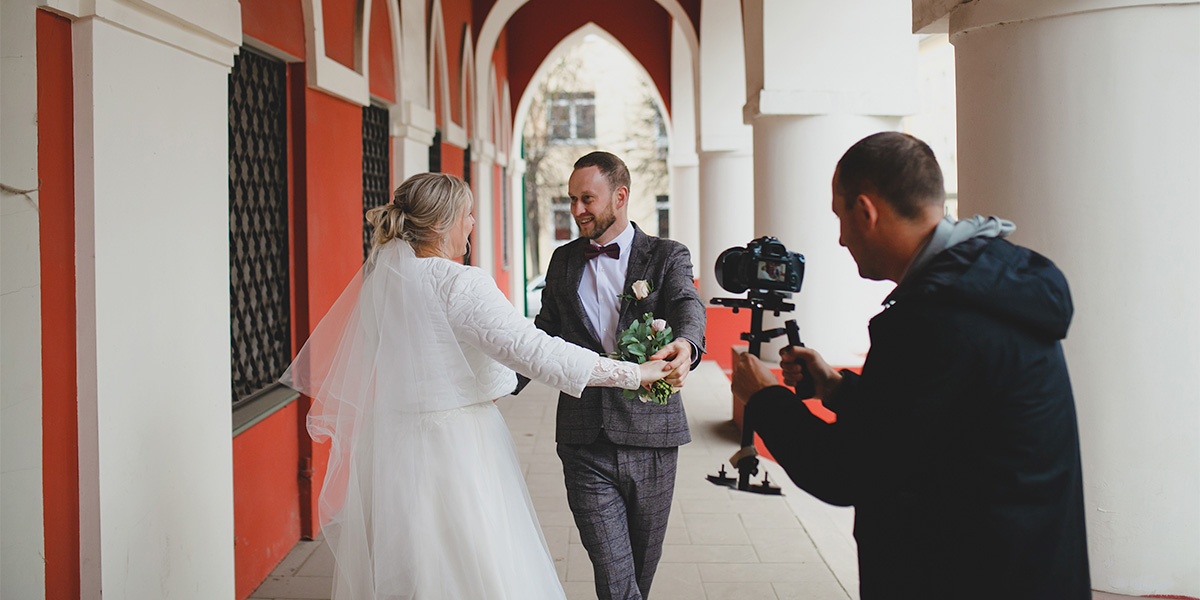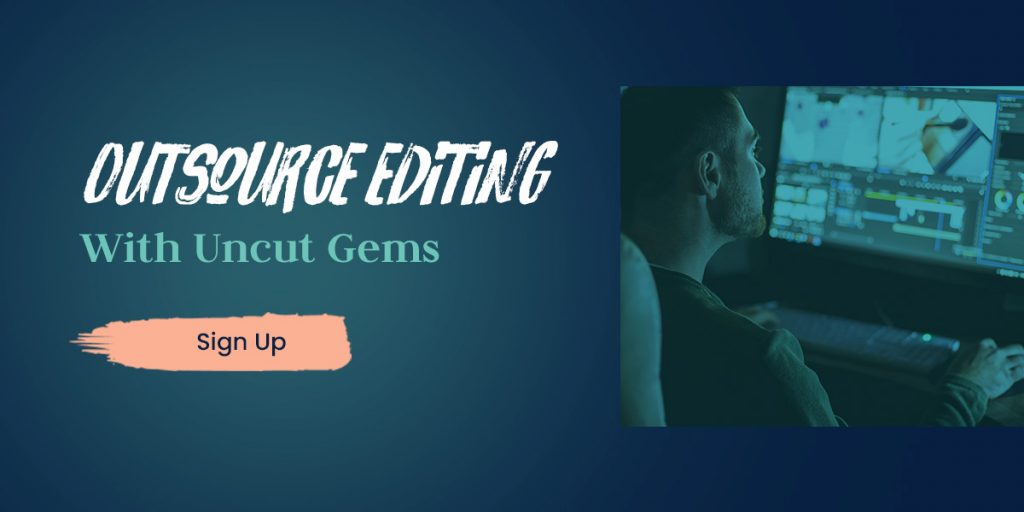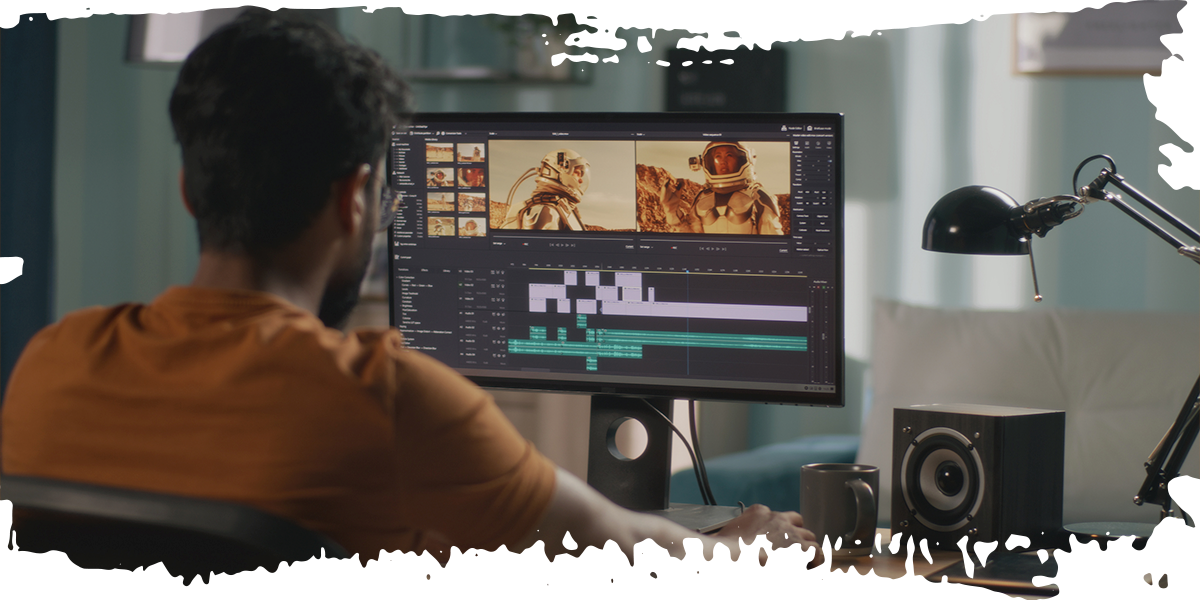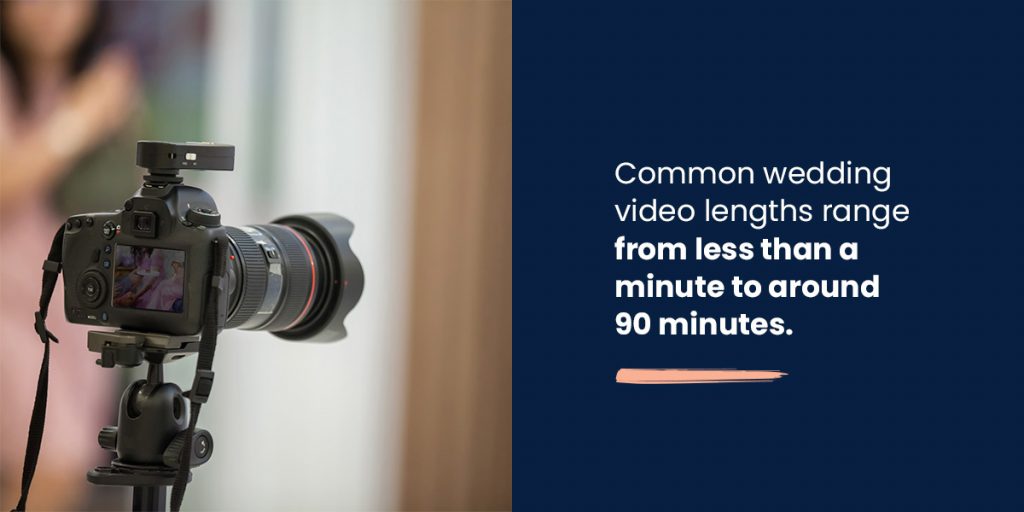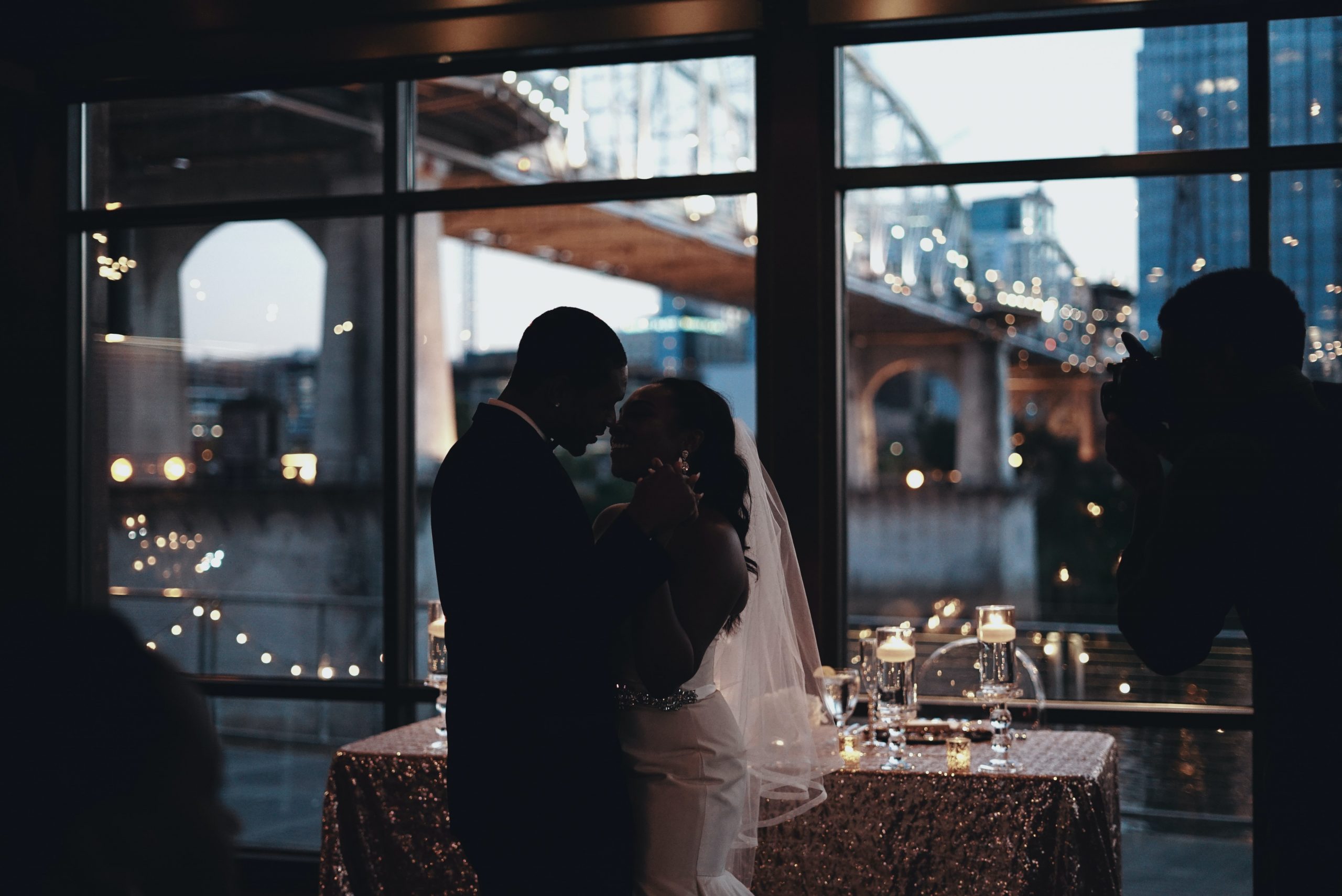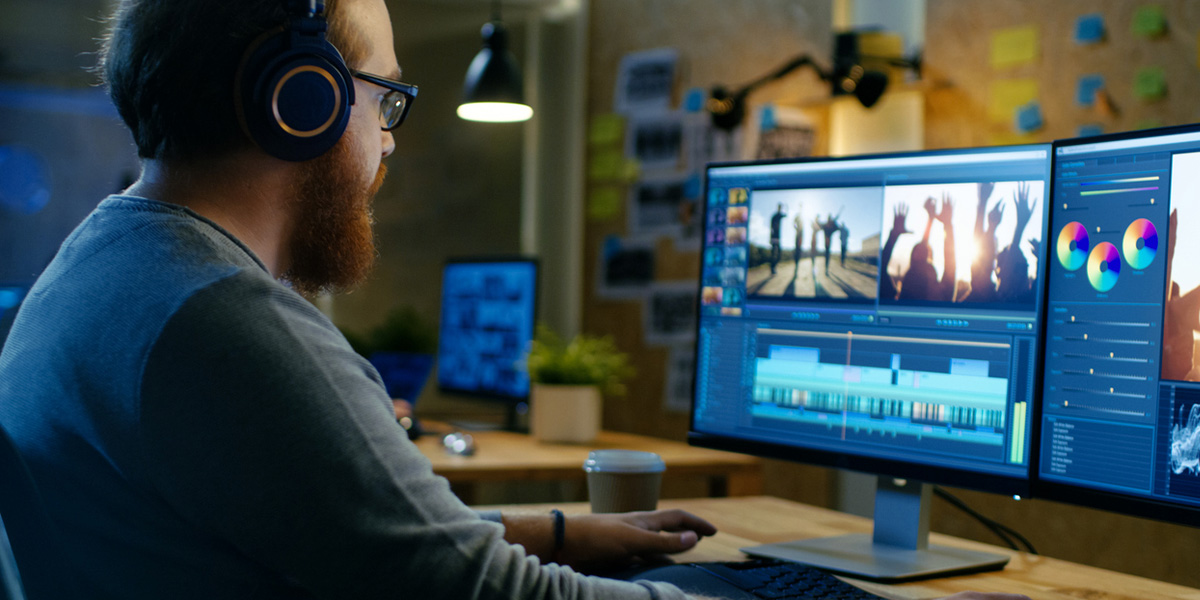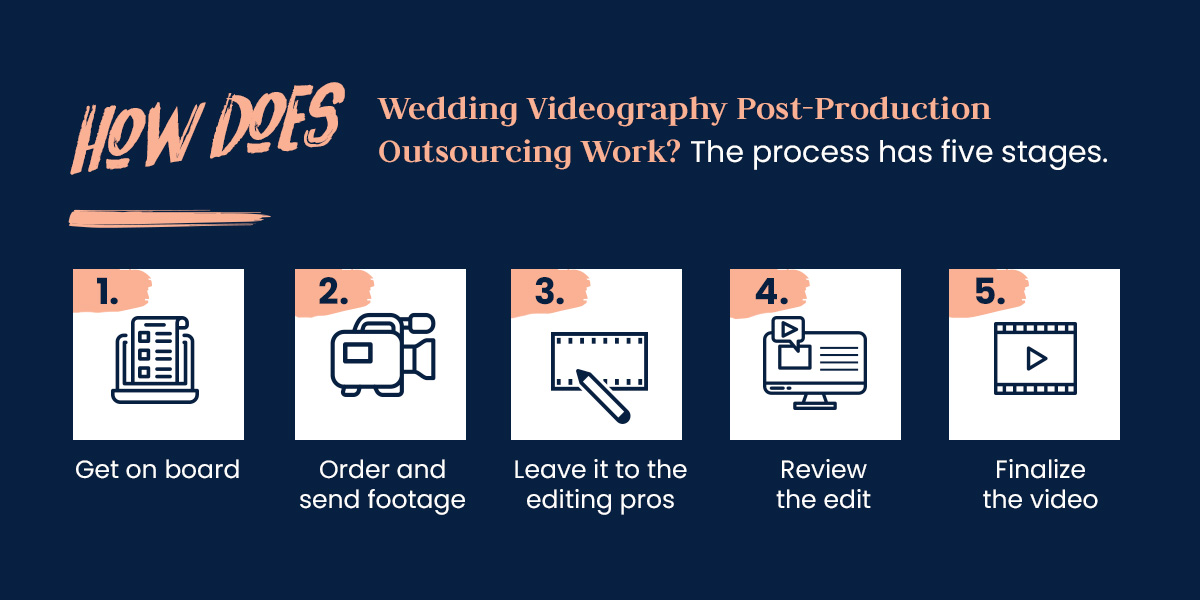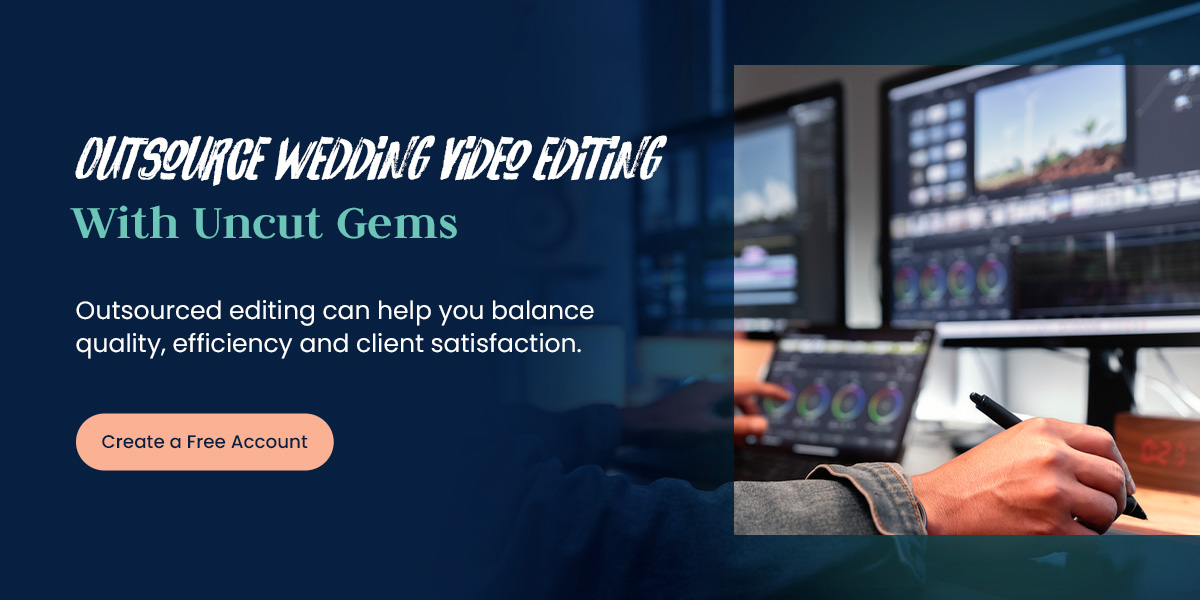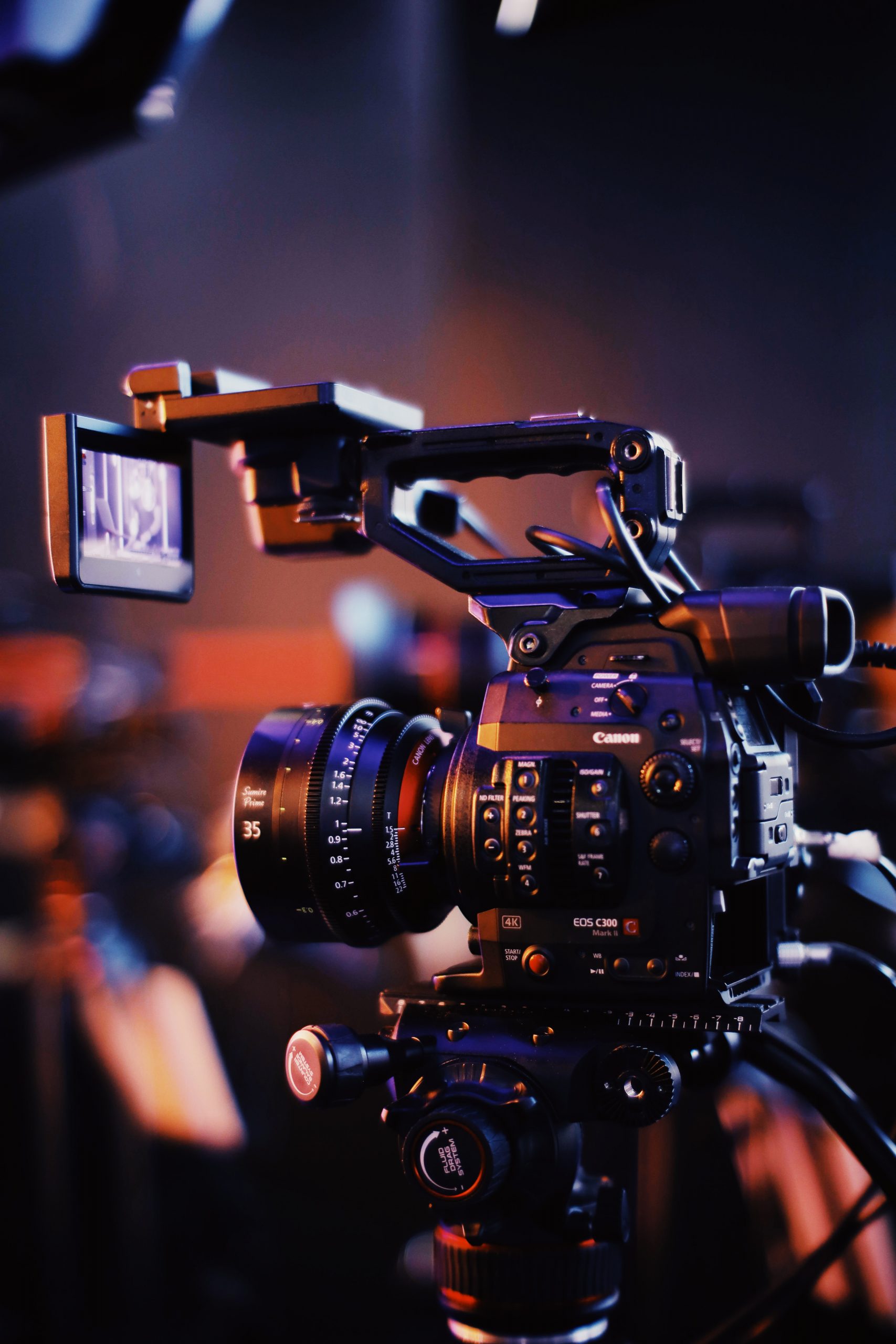Creatives can have incredibly demanding careers, especially during peak seasons. Without workload strategies and support, this constant pressure could lead to burnout and a lack of creativity.
On average, one in four people experience burnout symptoms — feelings of mental, emotional and physical exhaustion — at work. Burnout often leads to frustration, lack of motivation and detachment from your projects. But how are burnout and creativity related?
Learn how to prevent and overcome creative burnout by recognizing the signs.
What Is Creative Burnout?
Creative burnout — also called artistic burnout by those in the arts — occurs when the demands and pressures of producing creative content exceed an individual’s capacity to cope. It often leads to a loss of inspiration, motivation and enjoyment in the creative process. For example, for wedding videographers, creative burnout can manifest as feelings of being overwhelmed during peak wedding seasons, a lack of innovative ideas and a sense of detachment from their work.
Creative and general burnout share similar symptoms, such as exhaustion and reduced performance. With creative burnout, the pressure to continuously produce original work can take an emotional and psychological toll. It creates a feeling of being creatively “stuck” where the mind feels blocked or uninspired.
Creative burnout can stem from various factors, including:
- High workload: Taking on too many projects or working long hours without adequate breaks can lead to exhaustion and overwhelm.
- Lack of inspiration: When artists feel they are creating to meet deadlines rather than for personal joy, their passion may wane.
- Pressure to perform: The competitive nature of a creative field can create immense pressure to consistently deliver high-quality work.
- Poor work-life balance: Many creatives struggle to switch off, especially when they’re their own bosses. Blurred boundaries between personal life and work can prevent adequate rest and recovery.
- Self-imposed expectations: The desire for perfection in creative work — to capture every moment flawlessly — can lead to excessive stress.
- Negative feedback or criticism: Facing criticism or feeling inadequate in their work can contribute to a decline in motivation and self-esteem, leading to burnout.
Telltale Signs of Creative Burnout
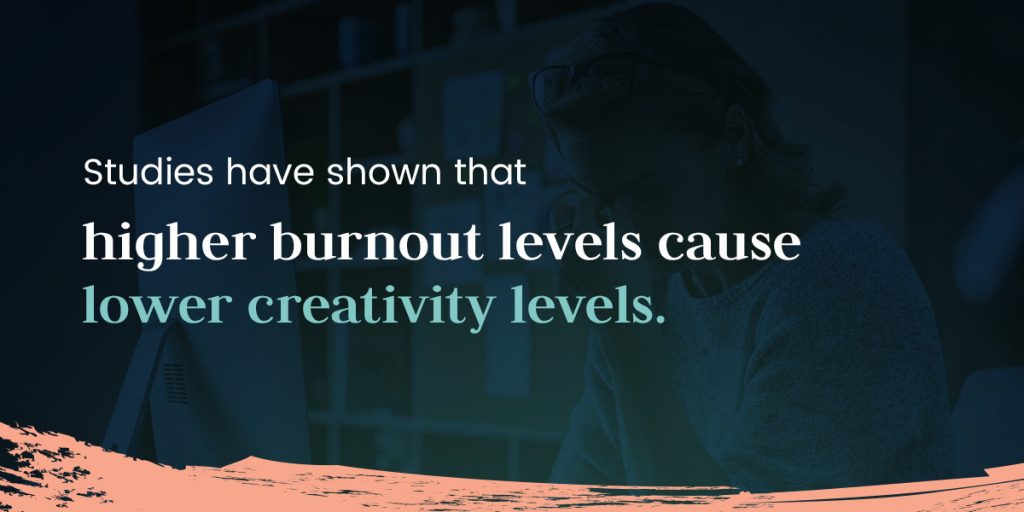
Studies have shown that higher burnout levels cause lower creativity levels. However, creative burnout also manifests through other emotional, physical and behavioral symptoms. Recognizing these signs early can help you address burnout before it escalates.
Here are some emotional signs of creative burnout:
- Cynicism and detachment: You may feel increasingly indifferent or disconnected from your work, leading to a lack of passion for projects you once enjoyed.
- Decreased motivation: A noticeable drop in enthusiasm for creative tasks can make starting or completing projects challenging.
- Emotional exhaustion: This is often one of the first signs of burnout. You might feel drained, overwhelmed and unable to engage emotionally with your work.
These are the physical indicators to watch for:
- Chronic fatigue: Persistent tiredness, even after adequate rest, can indicate burnout. You may also experience insomnia or trouble sleeping.
- Headaches and body aches: Frequent physical discomfort can manifest with high stress levels.
- Decreased productivity: You may notice a decline in your ability to meet deadlines or generate new ideas, which can lead to missed opportunities.
Finally, these behavioral signs could indicate creative burnout:
- Procrastination: Avoiding creative tasks or delaying important work often stems from feeling overwhelmed.
- Increased irritability: You might snap at colleagues, friends or family. You may also experience mood swings and feel frustrated by minor inconveniences.
- Avoidance of creative tasks: Dreading projects or events you once loved can signal burnout.
- Self-doubt: Persistent feelings of inadequacy or questioning your artistic abilities can contribute to a cycle of negativity and frustration.
- Unhealthy comparisons: Comparing yourself to other creatives can exacerbate feelings of worthlessness and contribute to burnout.
- Loss of purpose: This is a sense of disconnection from your creative goals or a diminished sense of fulfillment from your work.
How to Avoid Creative Burnout
Preventing creative burnout is essential for maintaining your passion and productivity in any creative field.
Short-Term Strategies to Combat Burnout
Here are effective short-term strategies you can start implementing right away:
- Set boundaries: Establish clear work hours to maintain a healthy work-life balance, especially during peak seasons.
- Take breaks: Incorporate regular short breaks throughout your day to recharge. Also, plan proper time off from work. Use this time to relax and engage in activities unrelated to your creative work to help reset your mind.
- Seek inspiration: Engage in creative activities unrelated to your main work or experiment with new styles or technology. This can reignite your passion without the pressure of production.
- Connect with others: Collaborate with fellow creatives to gain fresh perspectives and ideas. Sharing experiences can inspire and reduce feelings of isolation.
- Practice mindfulness: Incorporate practices like meditation, yoga or journaling into your routine to help reduce stress and increase clarity. These practices can provide a mental reset and improve overall well-being.
- Explore new environments: Sometimes, simply changing your environment can spark creativity. Spend time in nature, visit art galleries or rearrange your workspace to gain new perspectives.
- Work on personal projects: Allow yourself to work on projects that excite you without the pressure of clients or deadlines to help reconnect with your passion for creativity.
- Reflect on past work: Take time to look back at your previous work to remind yourself of your skills and achievements. This reflection can boost your confidence and counter self-doubt.
Long-Term Strategies for Creative Well-Being
Maintaining long-term creative well-being will help prevent burnout and ensure sustained passion and productivity in your work. Here are a few strategies to foster a healthy, creative mindset:
- Develop a sustainable workflow: Plan your projects with ample downtime and flexibility to accommodate unexpected demands. Outline your projects in advance to avoid overwhelming tight deadlines.
- Invest in continuous learning: Dedicate time to workshops, courses or mentorship programs to keep your skills fresh and relevant. Continuous learning can help combat feelings of stagnation and reinvigorate your passion for your craft.
- Build a support network: Express your feelings of burnout with others, including other creatives. Many may be experiencing similar challenges and can offer advice or assistance.
- Self-reflect: Schedule regular self-reflection sessions to evaluate your feelings about your work, progress and overall goals. This proactive approach can help you identify early signs of burnout.
- Prioritize physical health: Regular physical activity and a balanced diet are crucial for maintaining mental clarity and energy levels. Also, ensure you get adequate rest each night.
- Seek professional help when needed: Even though burnout isn’t a medical diagnosis, it can still affect your physical and mental health. Therapy or coaching can provide valuable coping mechanisms and insight into your challenges. Explore different therapeutic approaches until you find one that resonates with you.
Delegate Your Video Editing to Uncut Gems
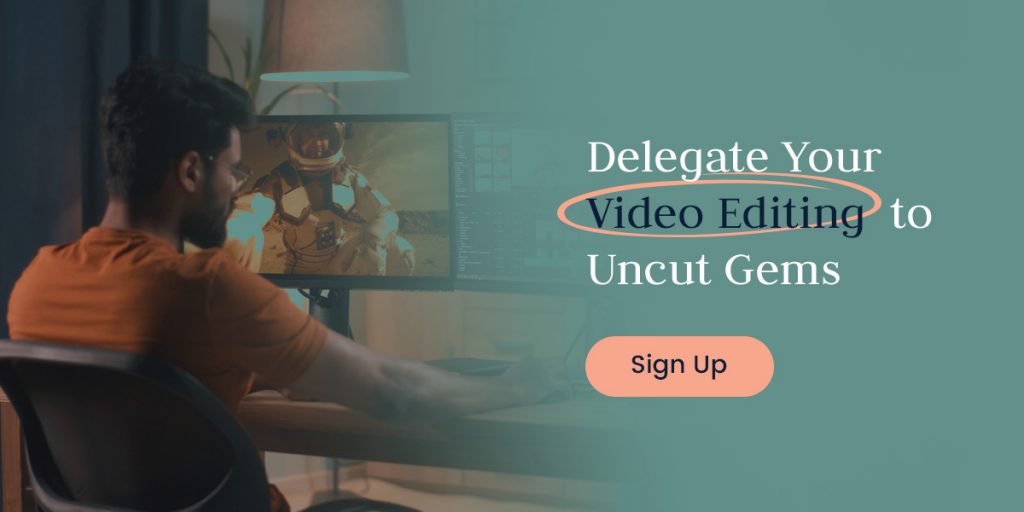
Maintaining your creative well-being is essential for long-term success and happiness in your work. However, even the most precious gems sometimes need time to be repolished. Overcoming creative burnout varies from person to person and depends on our ability to cope, your support systems and the severity of the burnout.
If you feel burnt out as a wedding videographer, you can hire extra help or delegate video editing tasks to professionals. At Uncut Gems, we provide wedding video editing services with high-quality results that align with your style and maintain your brand’s standards. By entrusting us with your video editing task, you’ll have more time to explore new creative ideas, collaborate with peers or take necessary breaks.
Find your creative gems among the rocks of routine, and let us take care of your video editing needs. Sign up for a free account on our client portal today!

